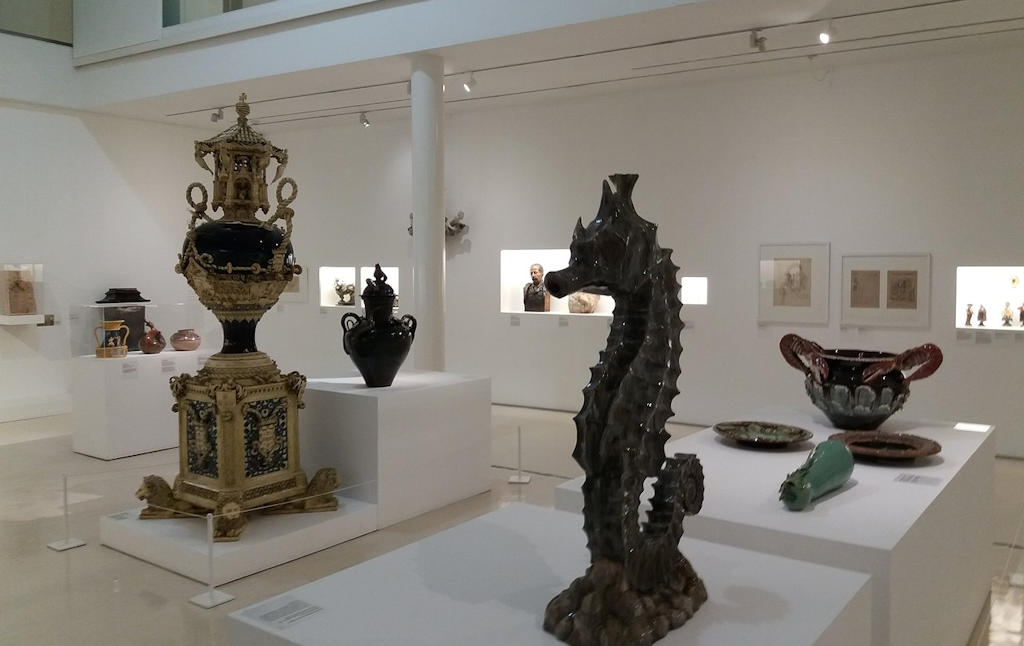The museum's story begins with the poet Arthur Ernesto Santa Cruz Magalhães (1864-1928), who commissioned architect Álvaro Augusto Machado (1874-1944) to design a residence at Campo Grande in 1913. Initially, the museum opened its doors to the public in 1916, allowing access only to the first floor as a private collection.
Located within the benefactor's own residence, the building underwent several renovations in 1922, expanding its rooms to accommodate thematic exhibitions, conferences, and the famous meetings of the Friends' Group Defenders of the Rafael Bordalo Pinheiro Museum. These gatherings contributed to the creation of a monument to the artist in the Campo Grande Garden, the renaming of Largo da Abegoaria to Largo Rafael Bordalo Pinheiro (the square where the artist passed away), as well as the enrichment of the museum's artistic and bibliographic collection through numerous donations from collectors. Notable members of the group included Sebastião de Magalhães Lima, José Malhoa, António Carneiro, Francisco Valença, Luís Xavier da Costa, as well as Helena and Manuel Gustavo Bordalo Pinheiro, both children of the artist.
In 1924, Arthur Ernesto Santa Cruz Magalhães generously donated the building and its collection to the Lisbon City Council during his lifetime. After further renovations, the museum reopened in 1926, expanding to the ground floor and featuring an extensive collection of works by Rafael Bordalo Pinheiro and his son, Manuel Gustavo. It also housed an important ceramic collection and a specialized library.
Lisbon.vip Recommends
In 2016, on the museum's centenary, under the management of the company EGEAC (Empresa de Gestão de Equipamentos e Animação Cultural), the Parody Room was inaugurated. This space is dedicated to short-term exhibitions and other activities.
In 2020, during the COVID-19 pandemic crisis in Portugal, the museum made its collection available to the public through virtual visits on its online portal, featuring an inventory of 13,200 objects.
The Rafael Bordalo Pinheiro Museum stands as a testament to the immense talent and artistic legacy of Rafael Bordalo Pinheiro and his significant contributions to Portuguese art. Visitors to the museum are not only treated to an impressive collection of works but also have the opportunity to immerse themselves in the rich history and artistic achievements of the artist and his contemporaries.
Map View



